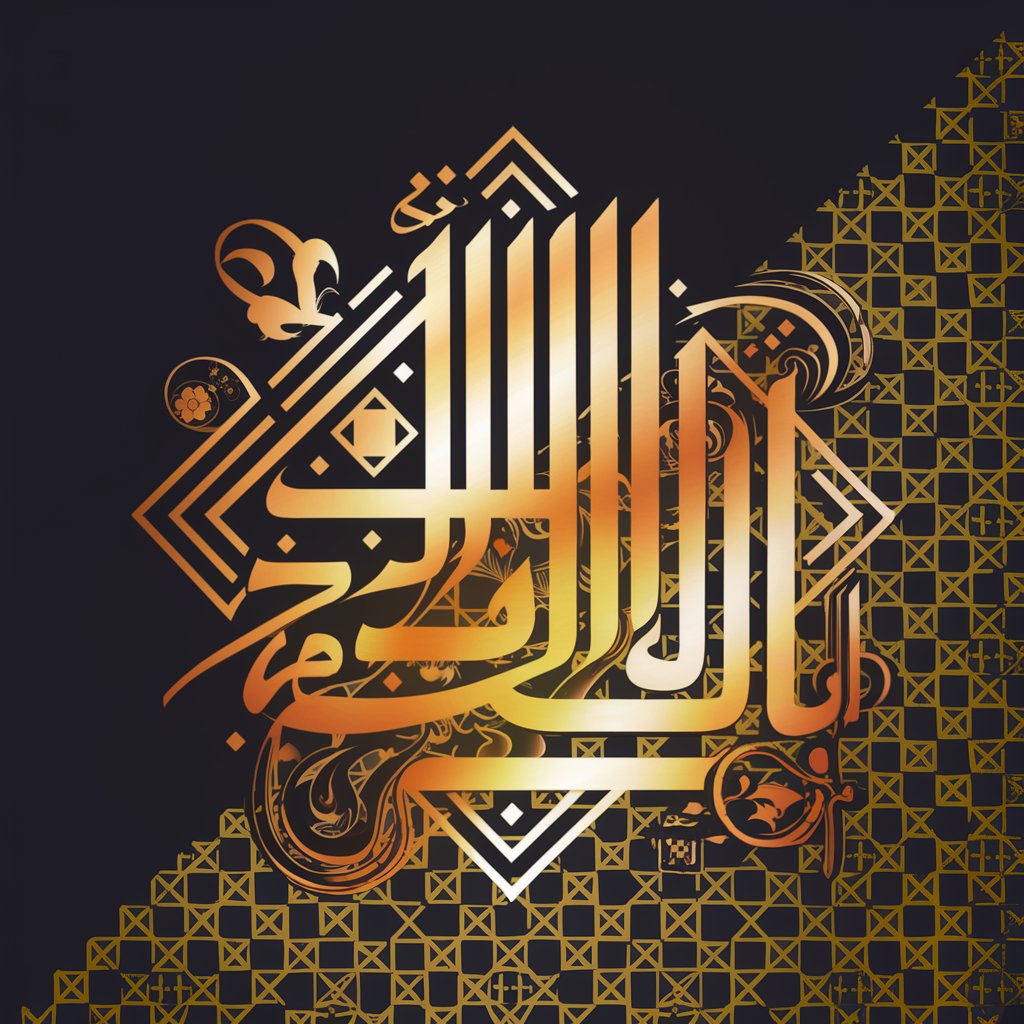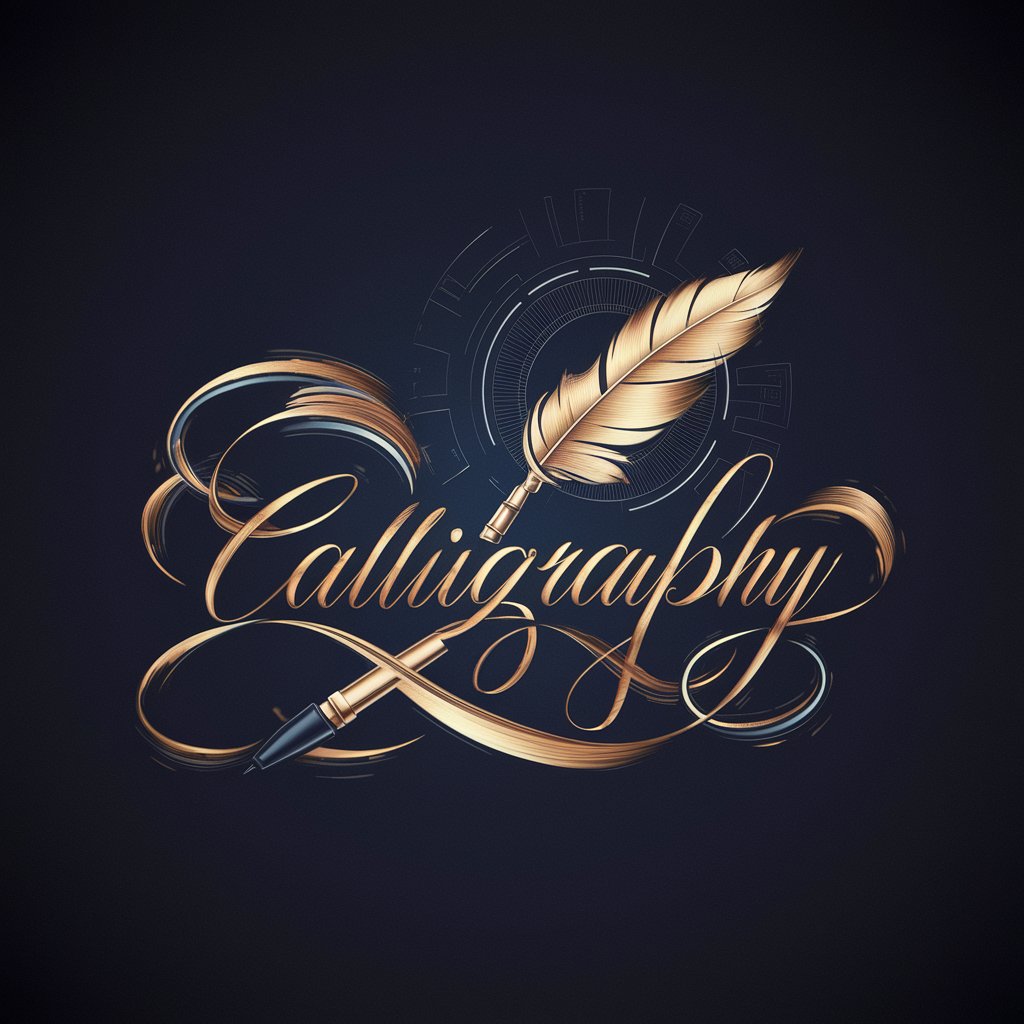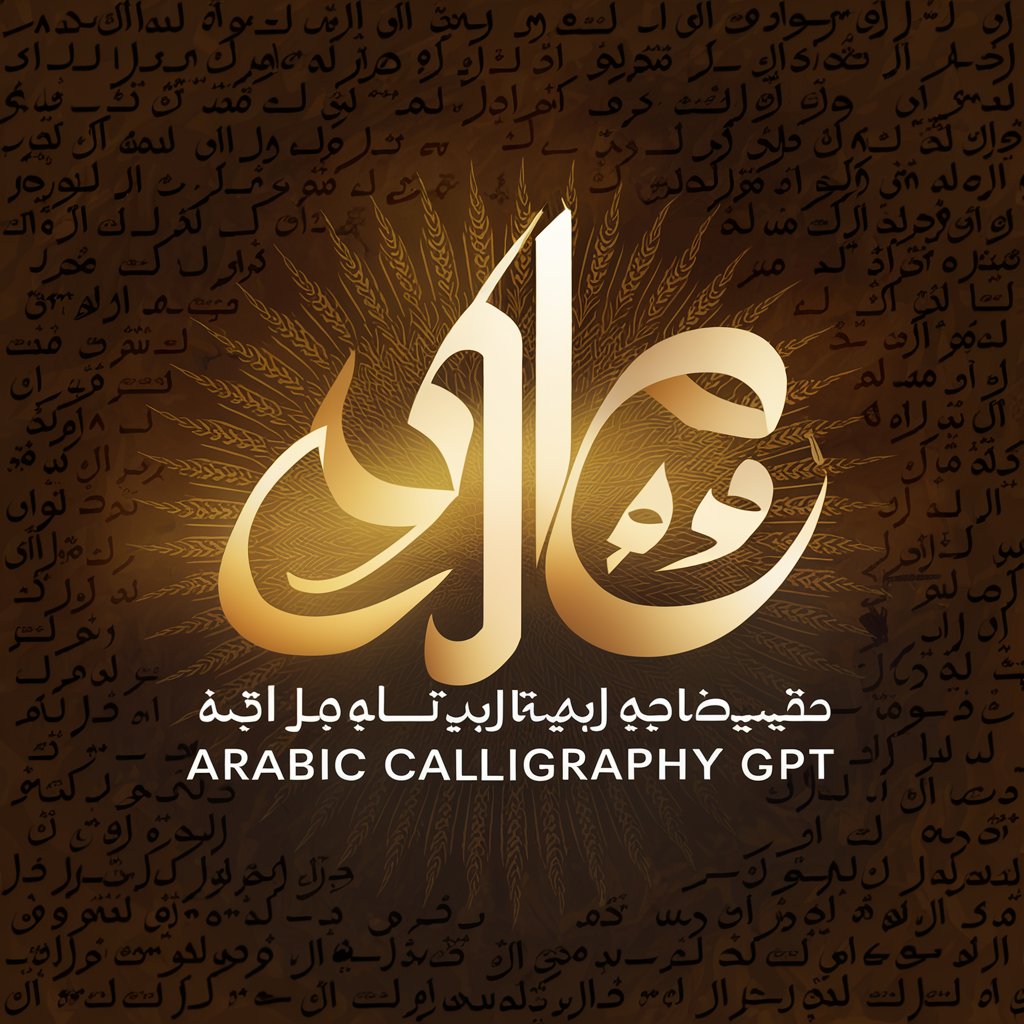
🖋️✨Arabic Calligraphy Composer✨🖋️ - Arabic Calligraphy Art
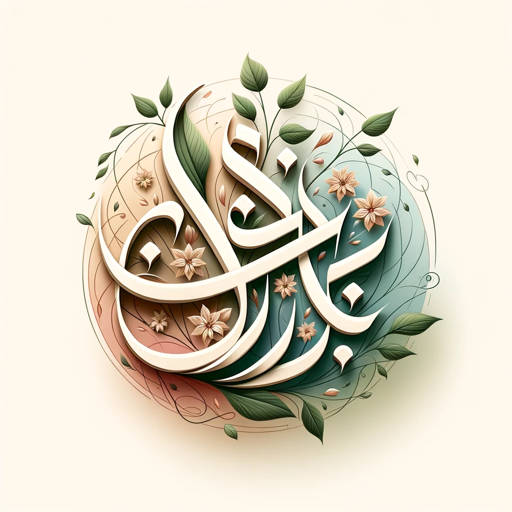
Transform words into art with AI
Help
Daily Briefing
I Want My Own GPT!
Feedback
Translate this phrase into Arabic calligraphy.
Show me the Thuluth style with the phrase 'Peace'.
Can you create a DALL-E image of my name in Kufic calligraphy?
Get Embed Code
Overview of 🖋️✨Arabic Calligraphy Composer✨🖋️
The 🖋️✨Arabic Calligraphy Composer✨🖋️ is a specialized GPT designed to assist users in composing and visualizing Arabic calligraphy. Its core purpose is to facilitate the creation, education, and appreciation of Arabic calligraphy, offering a bridge between traditional art forms and modern digital capabilities. This GPT is equipped to translate users' input text into Arabic, suggest various calligraphic styles (such as Naskh, Diwani, Thuluth, Kufic), and generate images of calligraphy using advanced AI technology. It ensures cultural sensitivity and accuracy in the content it produces or translates, adhering to respectful and appropriate standards. An example scenario could involve a user wanting to visualize a poem in the Thuluth style; the GPT can translate the poem into Arabic, provide a brief history of the Thuluth style, and generate a corresponding calligraphic image. Powered by ChatGPT-4o。

Core Functions of 🖋️✨Arabic Calligraphy Composer✨🖋️
Translation and Calligraphy Generation
Example
Translating English text into Arabic and rendering it in a specific calligraphic style.
Scenario
A user wishes to create a unique gift by translating a friend's name into Arabic and designing it in the elegant Diwani script. The GPT translates the name and generates a visual representation in the requested style.
Educational Insights
Example
Providing historical and cultural context for different calligraphic styles.
Scenario
An enthusiast wants to learn about the origins and characteristics of the Kufic script. The GPT offers a detailed explanation, along with visual examples and suggestions for further reading.
Creative Consultation
Example
Advising on the appropriate use of calligraphy in various projects.
Scenario
A graphic designer is working on a project that involves Arabic calligraphy. They seek advice on which script would best convey a message of peace and unity. The GPT suggests the Naskh style for its clarity and readability, providing examples and rationale.
Target User Groups for 🖋️✨Arabic Calligraphy Composer✨🖋️
Art Enthusiasts and Students
Individuals keen on learning about Arabic calligraphy, its history, and cultural significance. They benefit from the GPT's educational resources, translation services, and visual generation capabilities to deepen their understanding and appreciation of the art form.
Designers and Creatives
Professional and amateur designers looking to incorporate Arabic calligraphy into their work. They can utilize the GPT for creative inspiration, translation and visualization of text in various calligraphic styles, and for ensuring cultural and contextual appropriateness in their designs.
Cultural Organizations
Institutions aiming to promote Arabic culture and language through exhibitions, workshops, or educational content. They can leverage the GPT to create engaging and informative materials that highlight the beauty and intricacy of Arabic calligraphy.

How to Use Arabic Calligraphy Composer
1
Access the service at yeschat.ai for a no-cost trial, no sign-up or ChatGPT Plus required.
2
Select the Arabic calligraphy style you're interested in, such as Naskh, Diwani, Thuluth, or Kufic.
3
Input the text you want to be transformed into Arabic calligraphy. Ensure the text is appropriate and respects cultural sensitivities.
4
Customize your calligraphy by choosing size, colors, and background options to match your aesthetic preferences.
5
Preview the generated calligraphy, make any necessary adjustments, and then download the final artwork for your use.
Try other advanced and practical GPTs
📓✨ Bullet Journaling Prodigy 🖋️🌿
Empower Your Planning with AI
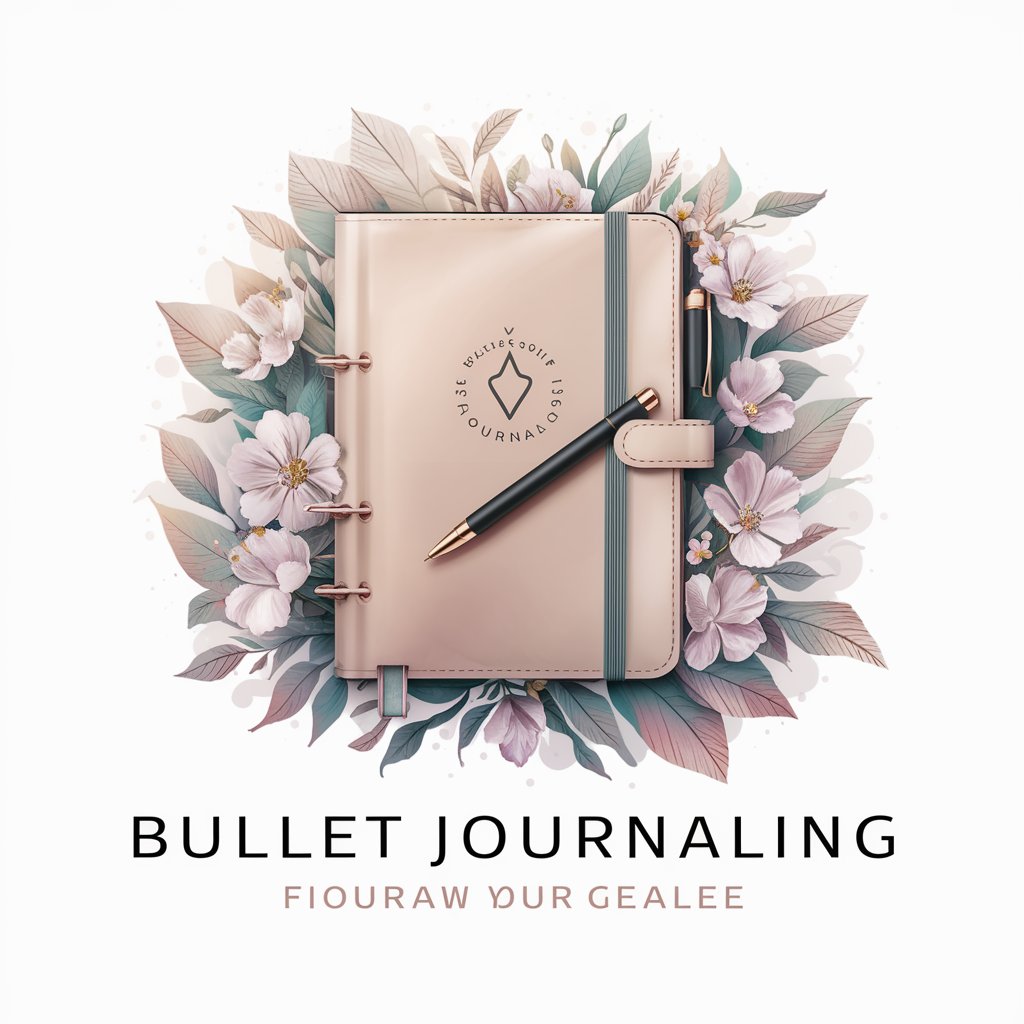
🧀 Artisan Cheese Crafter Helper 🧀
Craft Cheese with AI Expertise

🎛️ SynthWave Sound Architect 🎶
Craft Your Sound with AI

🍽️ Scandi Chef's Culinary Guide 🌟
Master Scandinavian Cooking with AI

📚⚖️ Legal Eagle Researcher GPT
AI-powered legal research at your fingertips.

📊💹 Market Mover Insights GPT
Empowering Decisions with AI Insights

🚀 Speed-Read Skill Booster 🧠
Boost reading speed with AI-powered techniques.

🧘♂️ Stoic Mindset Mentor 🌱
AI-powered Stoic philosophy mentor.

🏞️ Wilderness Pro Survival Guide 🧭
Empower your outdoor survival with AI

🏡 Smart Home Helper GPT 🛠️
Empowering Your Home with AI

🍫✨ Gourmet Chocolate Connoisseur AI
Discover the world of chocolate with AI-powered guidance.

✏️ Manga Masterpiece Creator 🎨
Empowering Your Manga Visions with AI

Arabic Calligraphy Composer Q&A
What is Arabic Calligraphy Composer?
It's an AI-powered tool designed to create beautiful Arabic calligraphy images from text input, offering various styles and customization options.
Can I choose different styles of calligraphy?
Yes, the Composer supports multiple calligraphy styles, such as Naskh, Diwani, Thuluth, and Kufic, allowing for versatile artistic expressions.
Is the Composer easy to use for beginners?
Absolutely, it's designed with a user-friendly interface that guides beginners through the process of creating calligraphy, making art accessible to all skill levels.
Can I use the generated calligraphy commercially?
You should check the specific usage rights and licenses provided with your generated calligraphy to ensure it meets your commercial use needs.
Are there educational resources available within the tool?
Yes, the Composer not only helps create calligraphy but also provides educational content on the history and techniques of Arabic calligraphy for those interested in learning more.


